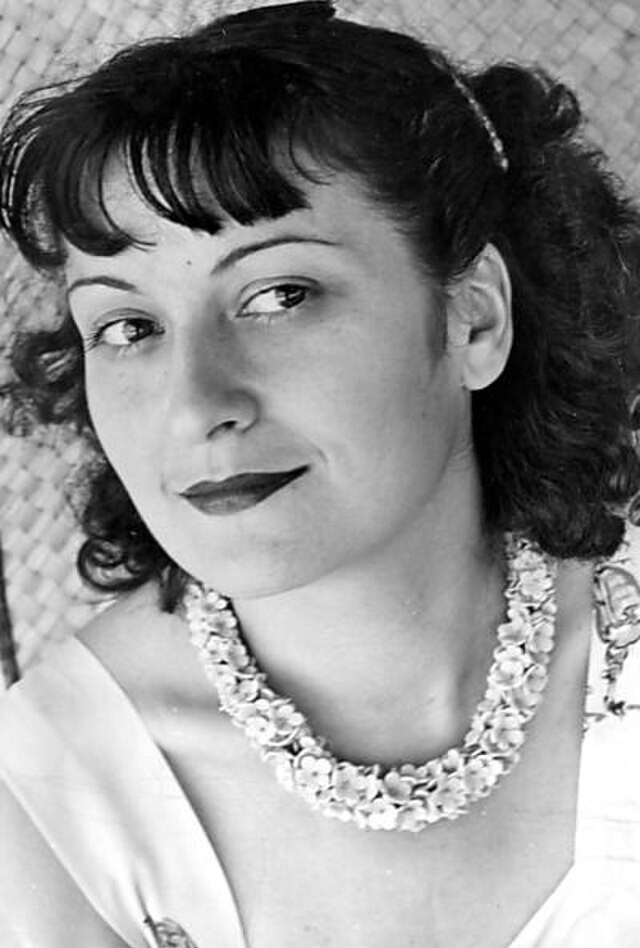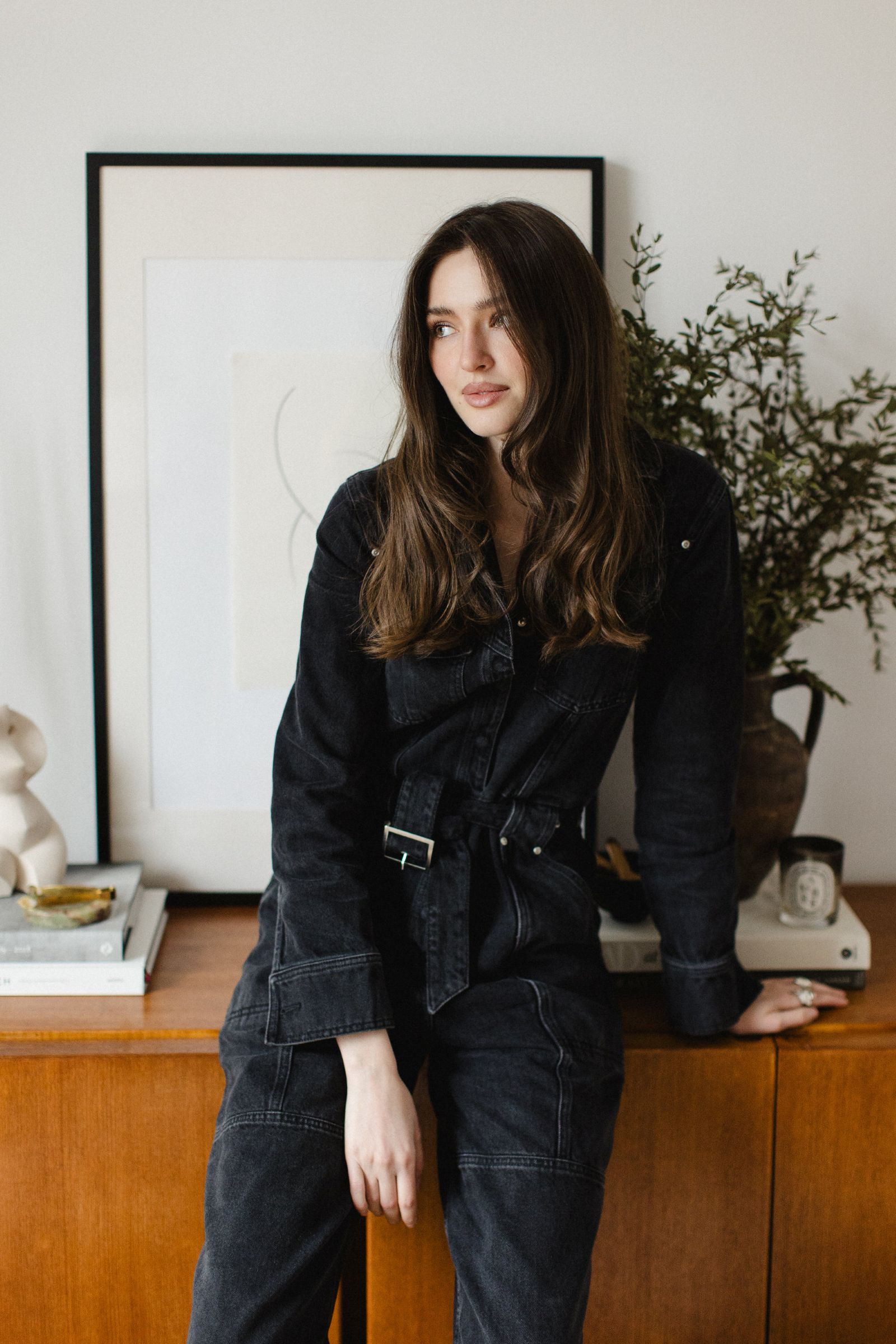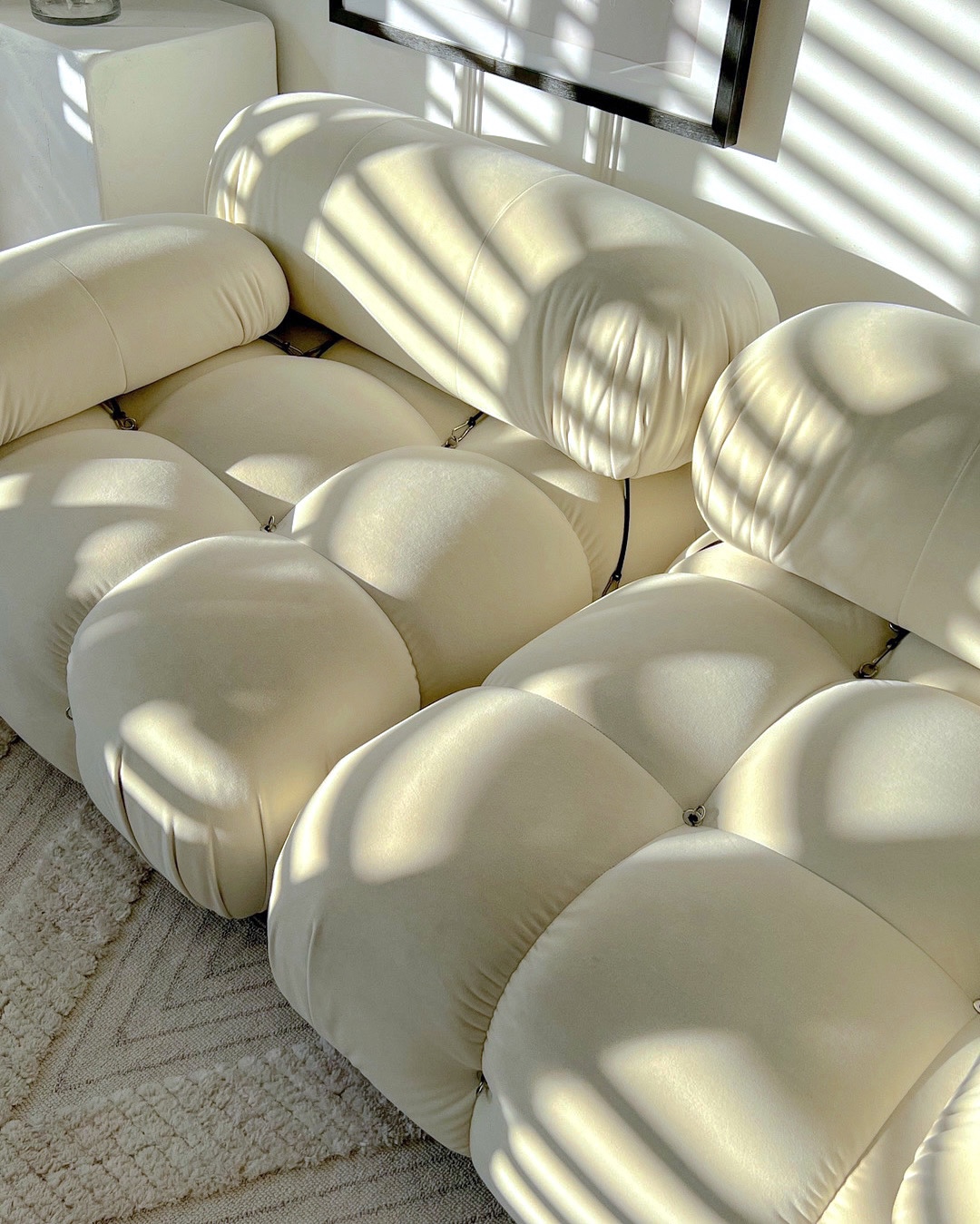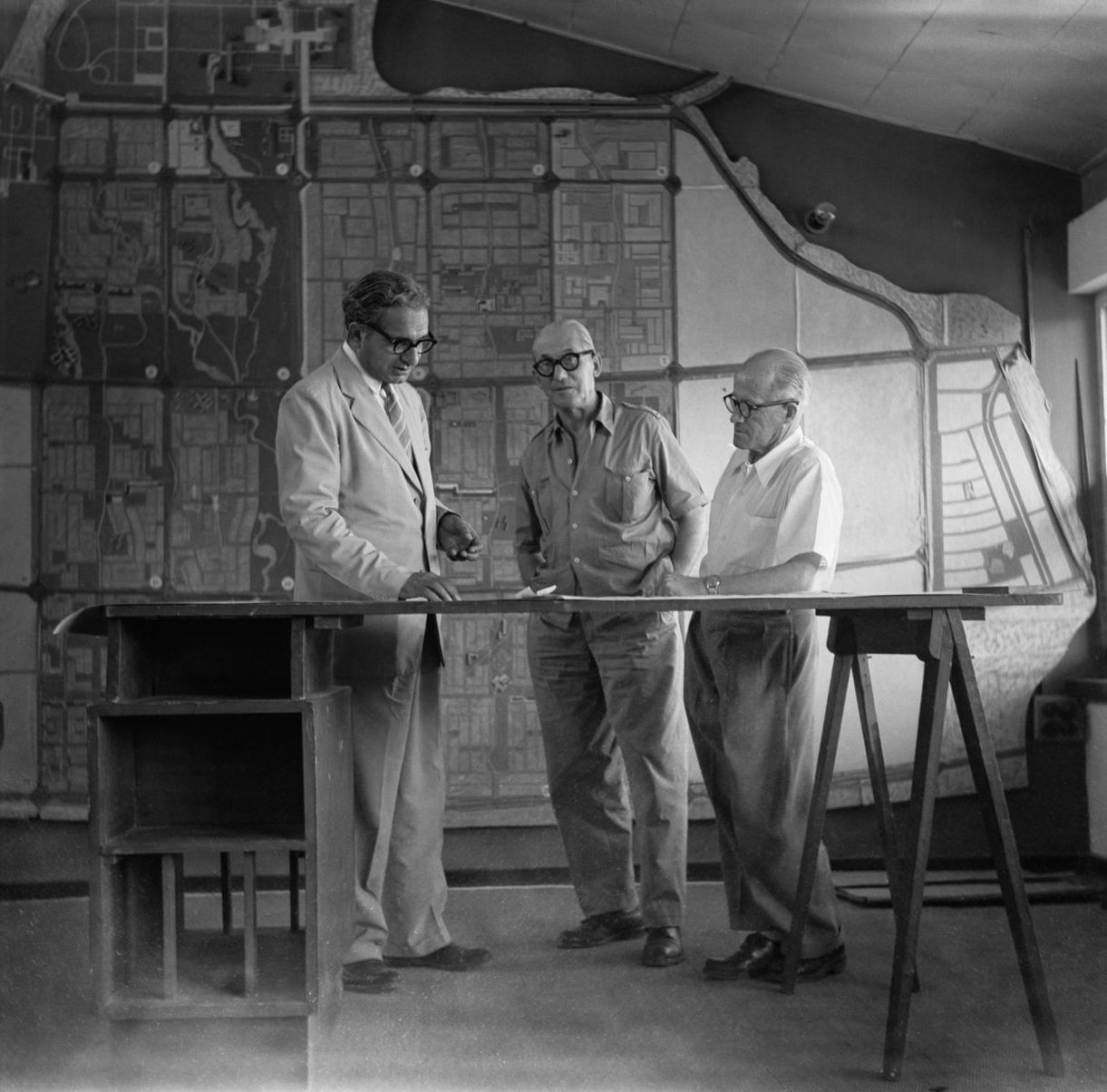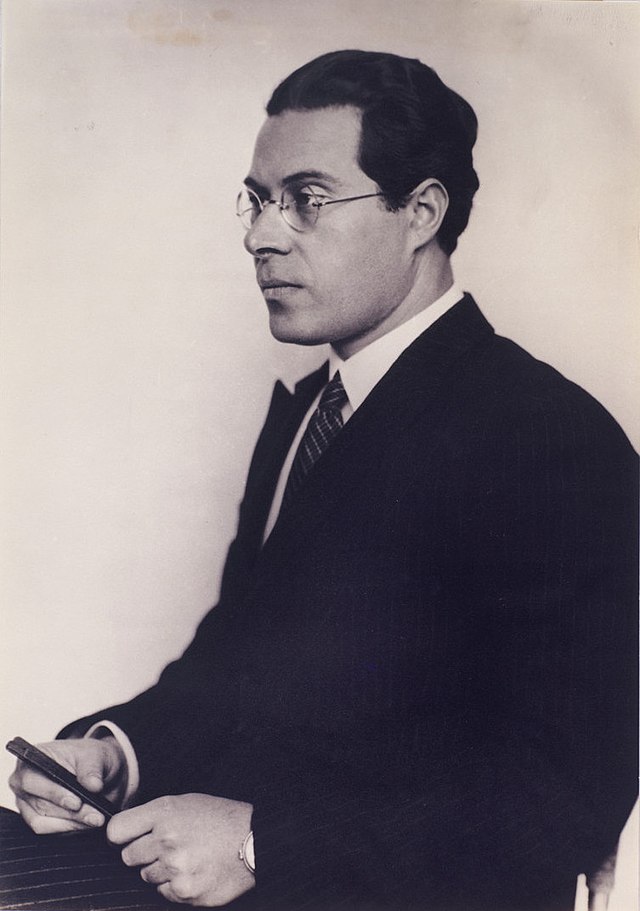
The spaces we inhabit are more than mere backdrops to our lives; they are active participants, shaping our moods, influencing our interactions, and dictating the very rhythm of our days. From the refined elegance of a private residence to the dynamic pulse of a creative studio, every corner, every surface, every hue communicates. This communication, often unnoticed, forms an unseen language, a complex lexicon of form, function, and feeling. To truly master this language, to compose environments that elevate and inspire, requires more than intuition or a passing interest in aesthetics; it demands a foundational design education, a rigorous schooling in principles that transform mere decoration into deliberate, human-centric artistry. This commitment to comprehensive design education is what truly distinguishes a professional.
The Architect of Atmosphere: A Qualified Designer’s Domain
The distinction between a qualified interior designer and an individual without formal design education is not simply one of accreditation, but of a fundamental difference in understanding and approach. A professional designer possesses a comprehensive knowledge base, a scientific grasp of how built environments interact with human psychology and wellbeing. This academic grounding, a cornerstone of thorough design education, equips them to craft spaces that are not only visually appealing but also functional, comfortable, and conducive to specific human activities and emotional states.
Consider the intricate dance between human behaviour and the built environment. Poorly conceived spaces, whether too confined or excessively open and noisy, can induce stress, anxiety, or even despondency. Conversely, a well-organised interior fosters social interaction and reduces feelings of overwhelm. A designer’s education instils the ability to analyse these subtle influences, to predict and orchestrate the emotional and psychological responses of a space’s occupants. It is this systematic understanding, rather than a reliance on fleeting trends or personal taste, that allows a trained professional to create environments that truly resonate with their inhabitants.
A critical aspect of contemporary interior design lies in a designer’s profound understanding of wellbeing in interiors, transforming spaces beyond mere aesthetics into environments that actively nurture occupants. This specialism demands knowledge spanning environmental psychology, human behaviour, and the physiological impacts of design. Designers must grasp concepts like proxemics, understanding how spatial arrangements affect personal comfort and perceived privacy, and how human behavioural cognition influences feelings of security and belonging within a space. Key strategies employed to foster wellbeing include maximising natural light and ventilation to regulate circadian rhythms and improve air quality, and the judicious selection of sustainable and non-toxic materials to minimise harmful off-gassing. The integration of biophilic design, bringing elements of nature indoors through plants, natural patterns, and materials like wood or stone, significantly reduces stress and enhances cognitive function. Furthermore, careful attention to acoustics through sound-absorbing materials and thoughtful layouts mitigates noise-induced stress, while intentional choices of colour, texture, and spatial layout can evoke specific moods, promote relaxation, and even encourage physical activity. By weaving these informed decisions seamlessly into their designs, specialists in wellbeing create spaces that profoundly impact physical health, mental clarity, and emotional comfort, proving that true comfort empowers individuals to actively choose their own wellness. This deep understanding of human needs and environmental impact is a testament to the breadth and depth of a comprehensive design education.
The Art of Composition: A Designer’s Palette
A professional interior designer applies a sophisticated understanding of design elements and principles, transforming abstract concepts into tangible, harmonious spaces. This involves a meticulous application of spatial planning, the nuanced use of colour, and an informed selection of materials and forms.
Spatial Planning: Orchestrating Movement and Mood
Spatial planning, often an invisible force when executed flawlessly, is the very skeleton of a well-designed interior. It is the systematic process of maximising a space’s functionality and flexibility, considering the occupants, their activities, and even environmental factors such as location and climate. A qualified designer approaches this with a methodical precision, analysing existing features and reconfiguring them for optimal utilisation. This foresight can translate into tangible benefits, conserving both financial outlay and time, particularly in renovation projects.
For instance, a designer carefully considers traffic flow, ensuring seamless movement within a space and strategically placing furniture to define zones for conversation, entertainment, or repose. This deliberate arrangement influences how individuals navigate and interact within the environment, making certain habits and actions intuitive. An open-plan layout, for example, is understood to foster interaction and collaboration, while partitioned areas offer privacy and focus. The absence of physical barriers in open spaces can enhance creativity and communication, while closed layouts provide better noise control and seclusion. This considered approach extends to accessibility, ensuring clear circulation routes and ergonomic arrangements that accommodate diverse needs, from busy families to individuals with restricted mobility. The result is a space that supports its users, reducing fatigue and boosting morale, whether in a home or a high-pressure environment like a hospital.
In stark contrast, a layperson might overlook the intricacies of spatial planning, leading to frustratingly inefficient layouts. Common missteps include using furniture that is disproportionate to the room, pushing pieces against walls without consideration for flow, or failing to establish a clear focal point. Such oversights can result in cluttered, uncomfortable spaces that hinder daily routines and negatively affect mood, even if the underlying cause remains unidentifiable to the untrained eye.
Colour Application: The Psychology of Pigment
The application of colour in interior design is far from a simple matter of personal preference; it is a sophisticated discipline rooted in psychology and optical science. A qualified designer understands that colours possess a remarkable power to evoke emotions, influence behaviour, and shape the perception of a space. This expertise extends to the nuances of hue, value, intensity, and temperature, allowing for the creation of harmonious schemes tailored to specific needs and desired atmospheres.
Warm tones, such as reds, oranges, and yellows, are known to stimulate energy and encourage social interaction, making them suitable for living rooms or dining areas. Conversely, cool tones like blues and greens promote tranquility and relaxation, ideal for bedrooms or meditation spaces. Designers also consider the interplay of natural and artificial light, understanding how it affects colour perception and mood. They might employ the 60-30-10 rule, allocating percentages of primary, secondary, and accent colours to achieve visual balance. This systematic approach ensures that every colour choice serves a purpose, contributing to the overall emotional and functional success of the design.
Amateur mistakes in colour application are common and often jarring. These can range from ignoring the existing architecture and natural lighting conditions, to a lack of contrast that renders a space flat, or the use of too many competing hues that create visual chaos. Without an understanding of colour theory, a space can inadvertently feel cold, overstimulating, or simply uninviting, failing to achieve the intended emotional resonance.
Materials and Form: A Sensory Dialogue
Beyond colour and layout, the selection of materials and the forms they take are crucial components of a designer’s toolkit. Every material possesses unique sensory attributes that contribute to the overall experience of a space. Natural materials like wood and stone, for instance, offer warmth and texture, fostering a connection with nature and promoting relaxation. Smooth surfaces, such as glass or metal, can evoke a sense of modernity and calm, while rougher textures can add depth and authenticity. A designer considers how these tactile qualities, along with visual patterns and even acoustic properties, shape perceptions and emotions, enhancing both functionality and liveability.
The emotional impact of form is equally considered. Research consistently indicates that curved architectural forms tend to evoke more positive emotional responses, associating with feelings of comfort, safety, and pleasantness. These organic shapes can reduce stress and promote relaxation by easing the brain’s threat response. Conversely, angular designs, while capable of enhancing alertness and concentration in specific contexts, can sometimes induce a sense of unease or even trigger threat detection responses due to their sharp contours. A qualified designer consciously manipulates these forms, perhaps incorporating curved furniture or architectural details to introduce a sense of flow and comfort, or using sharp lines deliberately to create a specific dramatic effect in a gallery.
An untrained eye might choose materials based solely on immediate visual appeal or cost, neglecting their durability, maintenance requirements, or long-term sensory impact. This can lead to unsuitable choices, such as slippery flooring in a bathroom, or materials that quickly degrade, necessitating frequent replacement. Similarly, an amateur might inadvertently create a space that feels unwelcoming or stressful by failing to consider the psychological effects of shapes and forms, leading to a disharmonious environment.
The Illusion of Effortless Design
In our current cultural landscape, where media is saturated with DIY renovation shows and the internet teems with self-proclaimed “design experts” offering quick fixes, a dangerous illusion has taken root: that sophisticated design is an effortless, inexpensive, and readily achievable feat for anyone. We are conditioned to believe that every aesthetic challenge can be solved with a weekend project and a few clicks online, fostering an expectation of high value for minimal input and personalisation. This pervasive narrative, however, fundamentally undermines the extensive expertise and diligent effort that truly exceptional design demands.
The reality is that this democratisation of design, while seemingly empowering, often robs us of the opportunity to inhabit spaces where every single element, down to the tiniest detail, is thoughtfully and meticulously crafted. It overlooks the years of formal education, the rigorous study of design principles, material science, and human psychology, and the honed intuition that a qualified interior designer brings to the table. The result is a proliferation of generic, impersonal environments that, while perhaps superficially appealing, lack the soul, functionality, and deep resonance that only a trained professional can imbue. It is precisely this profound understanding, cultivated through formal education, that allows a designer to transcend fleeting trends and create spaces that genuinely nurture and elevate the human experience.
The Value Proposition: Why Professional Guidance Matters
The collective application of these elements and principles, underpinned by a robust design education, by a qualified interior designer culminates in results that far exceed what a layperson can typically achieve. The value of hiring a professional, whether through traditional in-person engagement or innovative virtual services, is multi-faceted, extending beyond mere aesthetics to encompass tangible financial and experiential returns.
Firstly, a professional designer can surprisingly offer cost-efficiency and superior budget management. While it may seem counterintuitive to spend money on a designer to save it, their expertise prevents costly errors such as purchasing ill-fitting furniture or the wrong paint colours. They methodically plan every element, ensuring that furniture and finishes blend perfectly, thus eliminating the need for returns or additional purchases.
Furthermore, engaging a luxury virtual interior design professional provides unparalleled access to specialised expertise. Clients are no longer limited by geographic boundaries, allowing them to collaborate with a designer whose unique aesthetic and high-level skill set perfectly align with their vision, no matter where they are located. This expands the pool of available talent beyond local constraints, ensuring a perfect match for even the most discerning tastes.
For high-profile clients, the virtual nature of luxury interior design offers an inherent layer of discretion and efficiency. The ability to collaborate seamlessly from any location, without the need for numerous in-person meetings, ensures a streamlined and private design experience that respects their valuable time and privacy, fitting effortlessly into their demanding schedules.
Moreover, the virtual model allows for a clear focus on the grand vision rather than the logistical minutiae for the client. While the designer delivers an exquisitely crafted blueprint for their dream space, clients are empowered with a comprehensive, expert-guided plan. This allows them to focus entirely on the creative outcome, confident in the precise details and sophisticated aesthetic provided, while managing the procurement and installation at their convenience.
Finally, the considerable impact extends to both the immeasurable personal enjoyment of a dream space and a strategic consideration for its future. A thoughtfully designed environment inherently holds enduring value, and should the need to sell arise, such spaces naturally attract astute buyers who recognise their timeless appeal and superior quality. But beyond any future transactional benefits, the most significant return lies in living within a beautifully crafted space that greatly improves quality of life, enhances mood, and fosters a deep sense of comfort, pride, and belonging, truly reflecting the unique personality and aspirations of its inhabitants.
The Indispensable Value of Professional Design
The language of space is intricate, operating on levels far beyond surface appearances. It is a dialogue between environment and emotion, form and function, psychology and practicality. While the desire to shape one’s surroundings is innate, the ability to do so with precision, foresight, and a comprehensive understanding of its multifaceted impacts is the hallmark of a qualified interior designer. Their design education provides a systematic framework for translating vision into a living, breathing reality, ensuring that every element—from the sweep of a wall to the texture of a fabric—contributes to a cohesive, harmonious, and ultimately, human-centric environment.
The difference in results between a professional and a layperson is not merely cosmetic; it is a chasm of functionality, comfort, and long-term value. A qualified designer, armed with a cultivated eye and an academic understanding of environmental psychology, spatial dynamics, and material science, crafts spaces that nurture wellbeing, enhance productivity, and provide a lasting sense of belonging. In a world increasingly attuned to the subtle influences of our surroundings, the expertise of a professional interior designer is not merely an indulgence, but an irreplaceable asset, transforming mere structures into truly lived-in, resonant places.
This profound understanding of how spaces shape lives is the bedrock of my practice. As an interior designer holding an Australian Diploma in Interior Design, I am dedicated to delivering unparalleled luxury through high-end virtual interior design services. For discerning clients across Australia seeking to transform their residential sanctuaries or cultivate brand-aligned workspaces tailored for creative professionals, a partnership with an educated eye awaits. Begin your journey toward a truly exceptional environment, where every detail is meticulously curated for your wellbeing and success, by exploring my virtual interior design services and virtual interior styling services.
